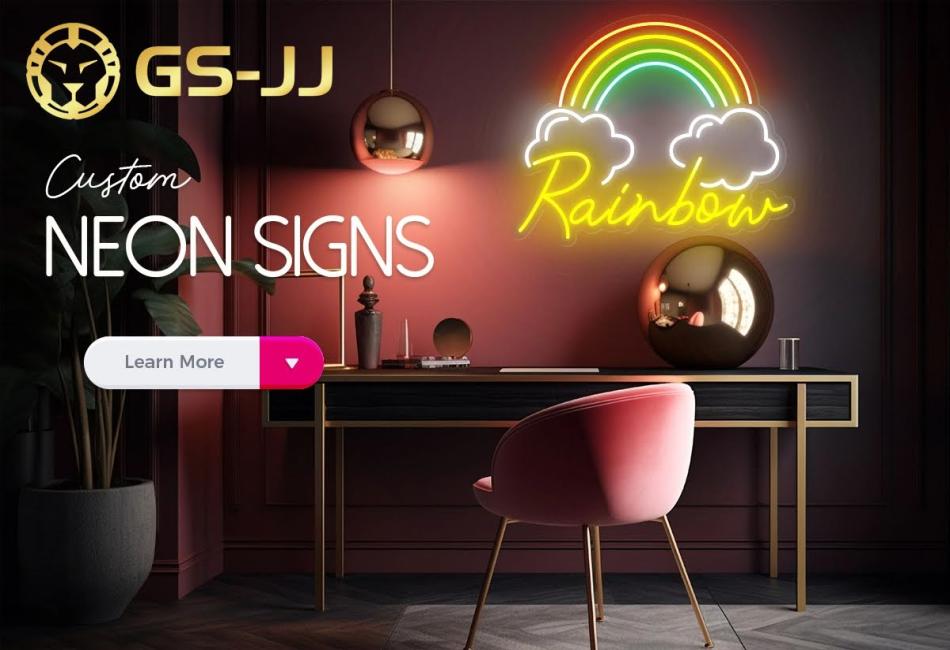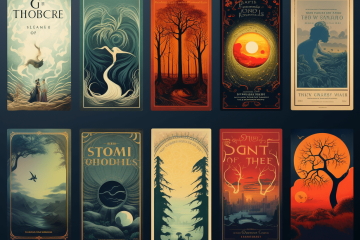Friendship is one of the most cherished bonds in human life. It is marked by trust, compassion, loyalty, and shared memories. But how do we represent such a deep and abstract concept visually? One powerful way is through color. Throughout history and across cultures, colors have been used to convey emotions and meanings, and friendship is no exception. So, what color truly represents friendship? While different traditions may assign various colors to the idea, yellow is most widely associated with friendship.
In this article, we’ll explore why yellow is symbolic of friendship, how other colors contribute to the theme, and the cultural, psychological, and even modern interpretations of these shades in expressing companionship.
The Color Yellow: The Primary Symbol of Friendship
Yellow is a color that exudes warmth, positivity, and energy. Often linked to sunshine, it naturally brings a sense of joy and brightness. This inherent cheerfulness is one reason why yellow has become the universal color of friendship.
1. Emotional Resonance of Yellow
Yellow is uplifting. When people see the color, they often feel happy and energetic. It’s a color that stimulates mental activity, promotes communication, and evokes feelings of warmth—all attributes essential in a good friendship.
2. Symbolism in Flowers: The Yellow Rose
Perhaps the most iconic representation of friendship comes through the yellow rose. In flower language (floriography), yellow roses symbolize platonic love, companionship, and care. They are commonly given to celebrate friendship milestones, support someone emotionally, or just to show appreciation.
3. Yellow in Pop Culture
From friendship bracelets to greeting cards, yellow is often used to highlight messages of camaraderie. Emoji usage also reflects this trend—yellow smiley faces and suns are symbols of good vibes and friendly intentions.
Other Colors and Their Connections to Friendship
While yellow is the primary color associated with friendship, several other hues also play significant roles in symbolizing different facets of companionship.
1. Pink – Compassion and Affection
Pink, especially lighter shades like blush or pastel pink, represents kindness, tenderness, and affection. While commonly associated with romantic love, pink is also used to reflect a caring, gentle friendship—particularly between close friends who express emotional support openly.
2. Green – Growth and Harmony
Green symbolizes nature, growth, and harmony—perfect metaphors for the evolving journey of a friendship. Deep friendships often take time to develop and require mutual nurturing, which green encapsulates beautifully. It also symbolizes healing, which speaks to the restorative power of a good friend during difficult times.
3. Blue – Trust and Loyalty
Blue is often linked with trust, calmness, and dependability. A deep blue can signify the unwavering loyalty of a close friend. In friendships that withstand the test of time, blue’s steadiness makes it a strong contender as a color of reliability and emotional stability.
4. Orange – Fun and Adventure
Orange is vibrant and energetic, often associated with enthusiasm and spontaneity. It can represent friendships that are filled with fun, creativity, and shared adventures. If yellow represents the warmth of companionship, orange highlights the joy of doing things together.
Cultural Interpretations of Friendship Colors
Color symbolism is not universal. Different cultures attribute different meanings to colors. Understanding these interpretations helps deepen our appreciation for how friendship is celebrated globally.
1. Western Cultures
In most Western societies, yellow is the go-to color for friendship. From flower arrangements to greeting cards, yellow is a safe and recognized choice. Green and blue may also appear in friendship jewelry and gifts.
2. Eastern Cultures
In Japan, yellow can represent courage and cheerfulness, both of which are traits of a strong friend. In China, however, yellow has imperial connotations but can also represent good luck. Green symbolizes health and prosperity in many Asian cultures, making it suitable for conveying well wishes to a friend.
3. Indian Subcontinent
Colors play a significant role in Indian culture. Yellow is often associated with festivals and positivity. During the spring festival Holi, friends throw colored powders at each other, including yellow and green, to celebrate joy and relationships.
Psychological Meaning of Friendship Colors
Colors can influence mood and emotional responses. This is why choosing a certain color to symbolize friendship isn’t just cultural—it’s also psychological.
- Yellow stimulates mental clarity and encourages open communication, which are foundational to friendship.
- Blue provides a sense of calm, trust, and honesty.
- Green fosters balance and emotional security, both crucial for a long-lasting bond.
- Pink enhances feelings of warmth and compassion.
These psychological cues help reinforce the idea that color can express what words sometimes cannot.
Friendship Bracelets and Color Combinations
One of the most popular ways colors are used to symbolize friendship is through friendship bracelets. These woven accessories often use different colored threads, each chosen for a specific meaning:
- Yellow: happiness, joy
- Blue: loyalty, trust
- Pink: caring, affection
- Purple: inspiration, support
- Green: growth, harmony
People often mix these colors to represent the multifaceted nature of their relationship. The more personalized the color combo, the deeper the message it carries.
Modern Use of Friendship Colors in Gifts and Design
In today’s design-savvy world, colors are deliberately chosen in marketing and product design to convey meaning.
- Gift Wrapping: Yellow ribbons and wrapping paper for friendship-themed gifts.
- Interior Design: Shared spaces between roommates or close friends might incorporate warm tones like yellow and orange to reflect togetherness. Custom Neon Signs are a great way to create a warm and inviting atmosphere in a space shared by roommates or close friends. Incorporating neon lights in colors like yellow, orange, or soft pink can visually show the bond of friendship.

- These neon signs can be quickly customized with your memories and symbols, making them a warm testimony of friendship. Imagine a neon sign that says “Best Friends Forever” or a heart-shaped symbol shining in a shared living room or dorm room. Not only does it add a modern and playful touch, but it can also highlight the warmth and vitality that friendship brings to a space, adding a unique touch to your interior design.
- Social Media: Platforms like Instagram and Pinterest are filled with visual content—quotes, art, and themes—using yellow to celebrate International Friendship Day and other friend-related content.
Brands have also picked up on these associations. You might notice that greeting card companies, digital e-card services, or jewelry brands often market their friendship products using yellow and blue palettes.
Final Thoughts: Color as a Language of Friendship
While yellow remains the most universally recognized color for friendship, other shades—like pink, blue, green, and orange—add layers of emotional meaning to the concept. Whether you’re choosing flowers, creating a friendship bracelet, or designing a heartfelt card, understanding the symbolism of color allows you to make more meaningful choices.
Colors transcend language and culture. They allow us to express appreciation, care, and loyalty without saying a word. So the next time you want to honor a friend, remember that a splash of the right color—especially cheerful yellow—can speak volumes.



